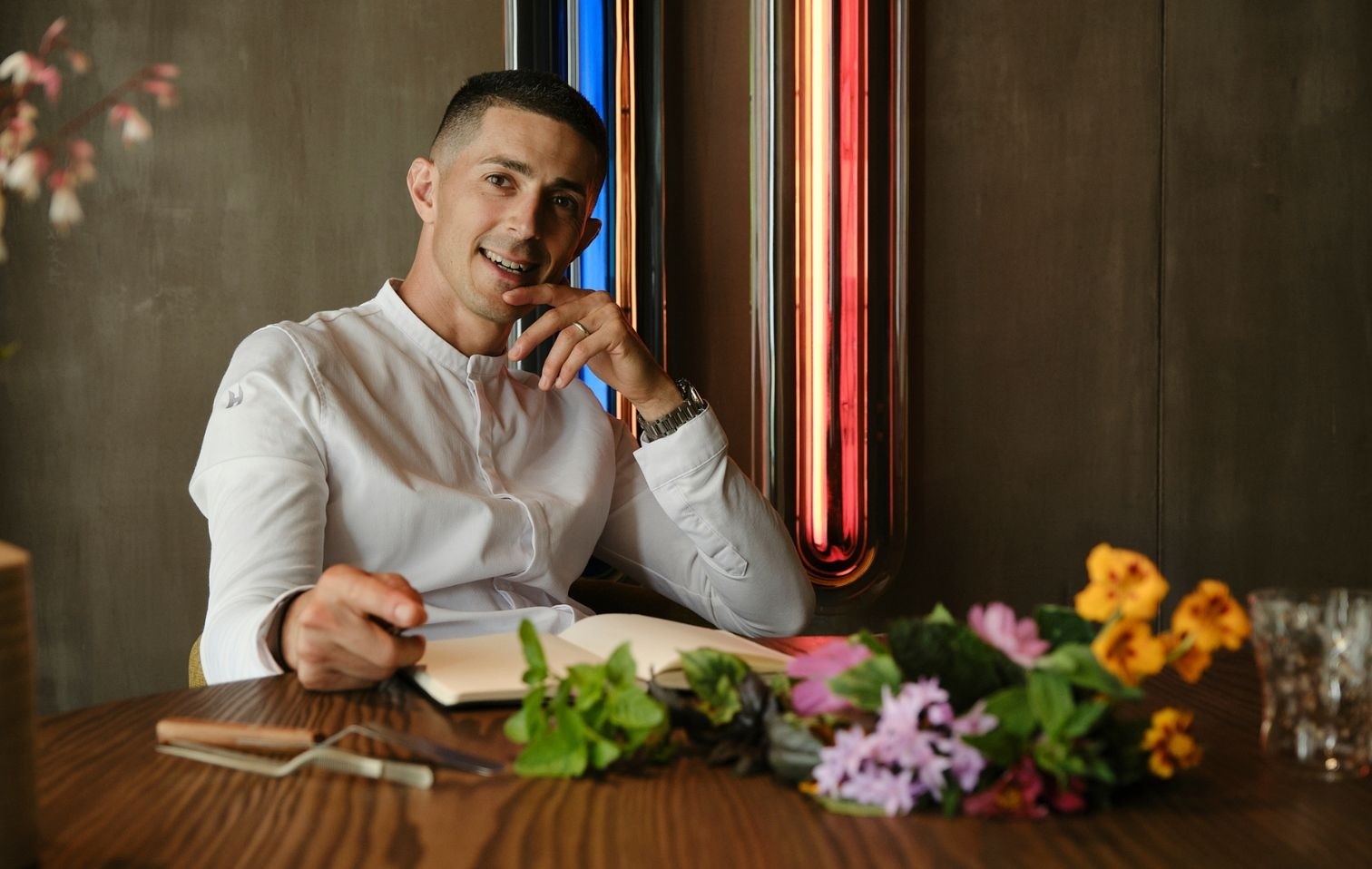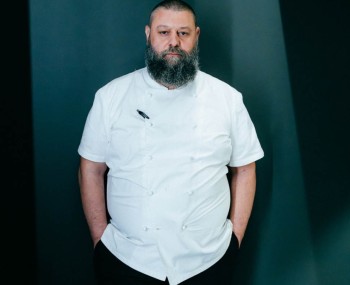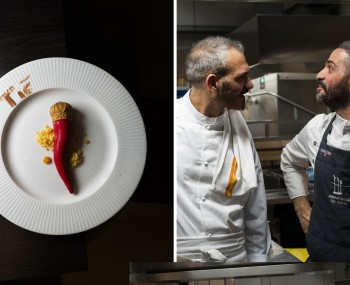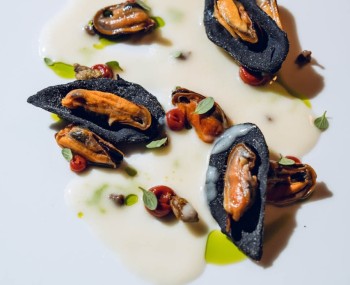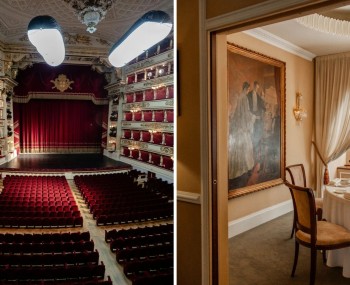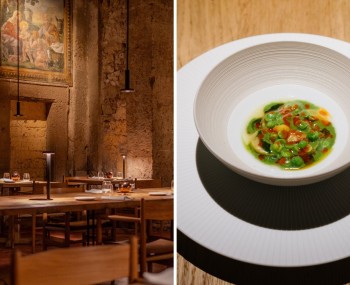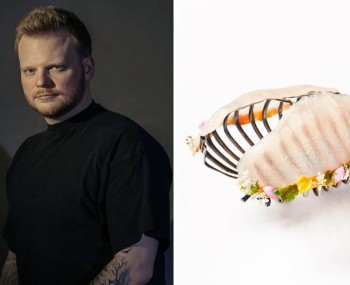In the renewed Boscareto Resort in Serralunga d'Alba, Michelangelo Mammoliti goes beyond reaffirmation: his is a great style, revealing bright glimpses into the future of Italian cuisine.
The chef
We used to remember a different Michelangelo Mammoliti, in the already good old days of Madernassa. A perfectionist chef to the limit of mannerism, for whom a comparison with his neighbor Enrico Crippa, the vegetable luminaire, was inescapable, strong in technique and aesthetics, refined in taste, compliant in softness and sweetness. We find him more mature, but quite ironically much younger, in the renovated Boscareto Resort in Serralunga d'Alba, where ambition roars even louder and seems to overwhelm every hurdle.

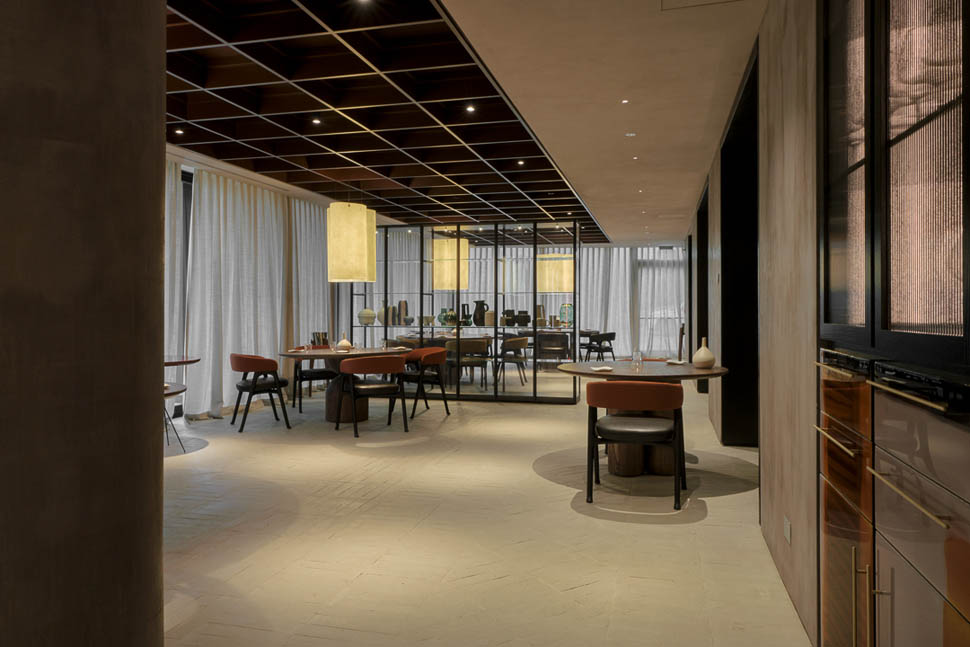
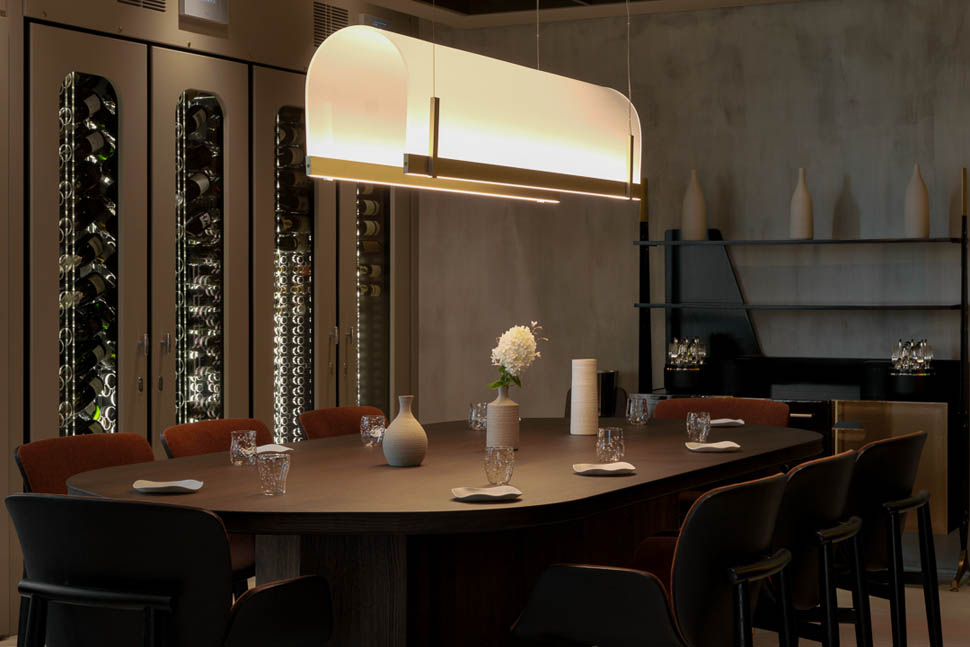
This is something the 38-year-old chef is aware of first. Certainly he has not spent nearly eight years in France in vain, a couple with Ducasse, in Paris and Provence at the Abbaye de la Celle, and nearly six with his mentor Yannick Alléno, plus an opening for His Majesty Pierre Gagnaire. Strong foundations, infusing him with the confidence needed for reasoned and, at times, lethal disobedience.

"Everyone takes their way at some point," he confesses. "I currently feel more myself than I did in the past. Because I have carried forward my reflections on some decisive points: the raw material, first and foremost vegetable, with the work on the garden; and the importance of taste over aesthetics. Arriving here, I went back to the dishes we used to make in recent years at Madernassa and realized that sometimes they were very beautiful, but they would taste better by putting aesthetics aside. Take a sole "a la mugnaia": it may not be particularly attractive, but you have the product, the acidity, the thought. It's a bomb dish, like the ones I want to eat when I go to a restaurant. Earlier I was another Michelangelo."
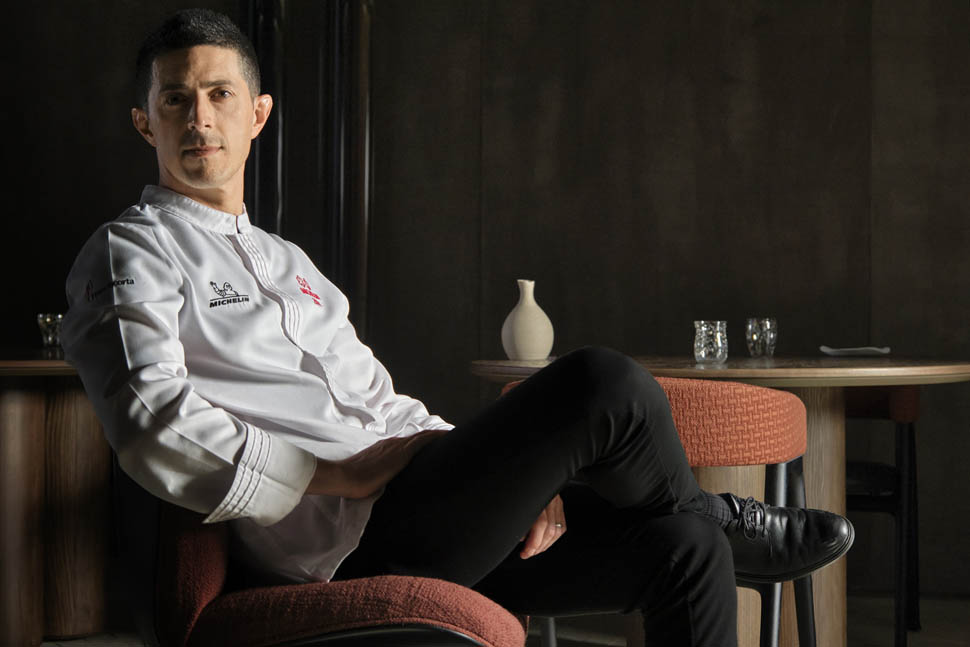
The restaurant
The Dogliani family has put everything at the service of this metamorphosis, and Michelin-stars have rained down in pairs, as they seldom do, on La Rei Natura, the nature of things, nature as queen. There's the greenhouse just below the resort, in land snatched from the vines that's worth its weight in gold, where the chef roams in search of herbs and checks on the fragile seedlings ready to be potted; and there's a vegetable garden and two other greenhouses nearby, between which trades are bustling.
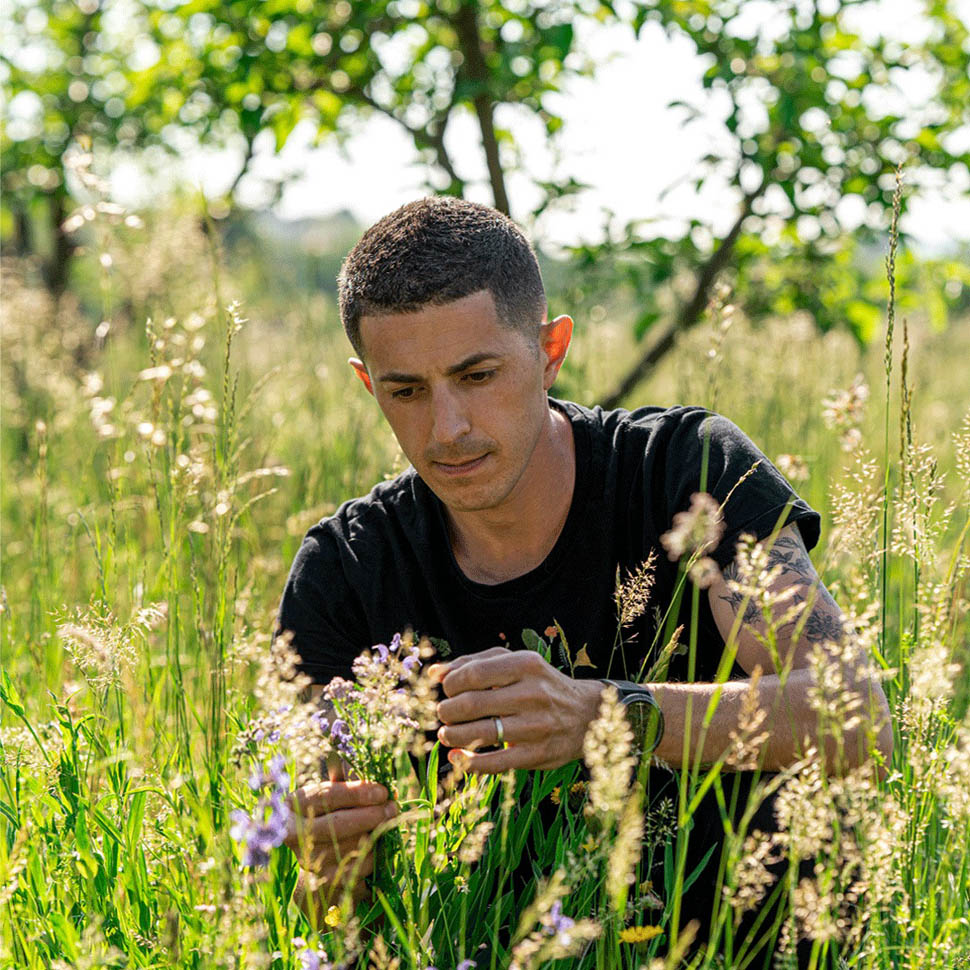
In all, there are 128 varieties of tomatoes and at least 6 types of each seasonal vegetable, grown the way grandfather, father and a little bit of Alain Ducasse's farmer Monsieur Jean-Baptiste used to, because you learn so much from elders. "Today I choose my varieties by selecting the seed, so I can have my bombs next year. Then I serve them as I want, maybe in a "papillote" with the flowers and their sauce. I don't do the fiddling anymore."
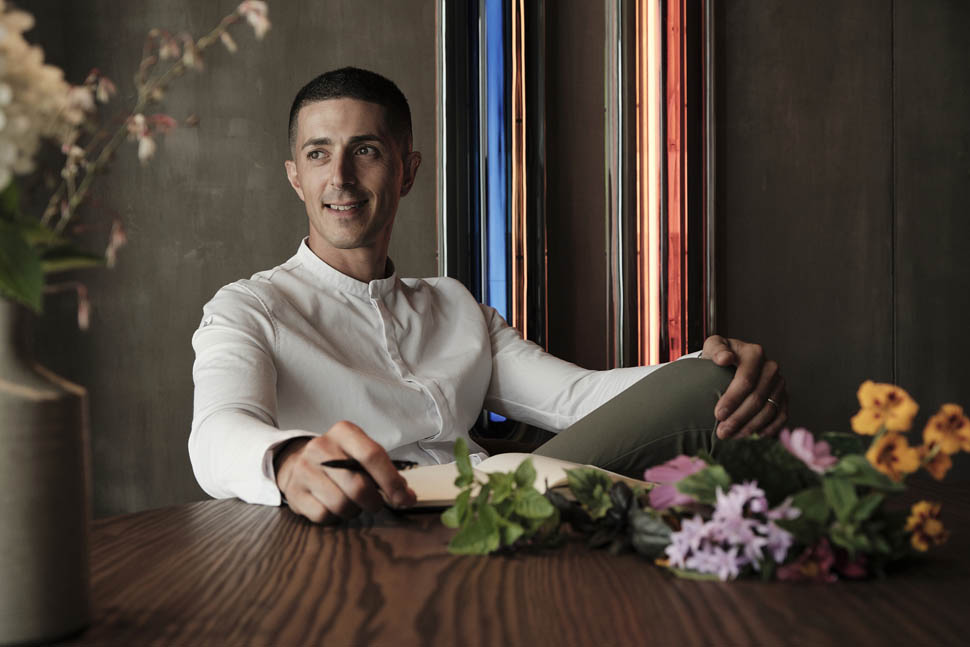
And it's true that now the plating, rather than expressing itself spontaneously, borders on brutalism, as a mere vehicle of direct and, at times, striking tastes. Almost as if Italianism ended up undermining or, at least, peeling away the veneer of transalpine classicism, eliding all hesitation. It happens in the path devoted to memory, meant in terms of Gordon Shepherd-style neurogastronomy, which forcibly draws from the repertoire of the popular and straightforward tastes of the Calabrian hinterland; but it is no different in the tasting devoted to travel, also rewritten by remembrance, and in the carte blanche MAD 100% Natura, entirely vegetal and often enriched with improv compositions.
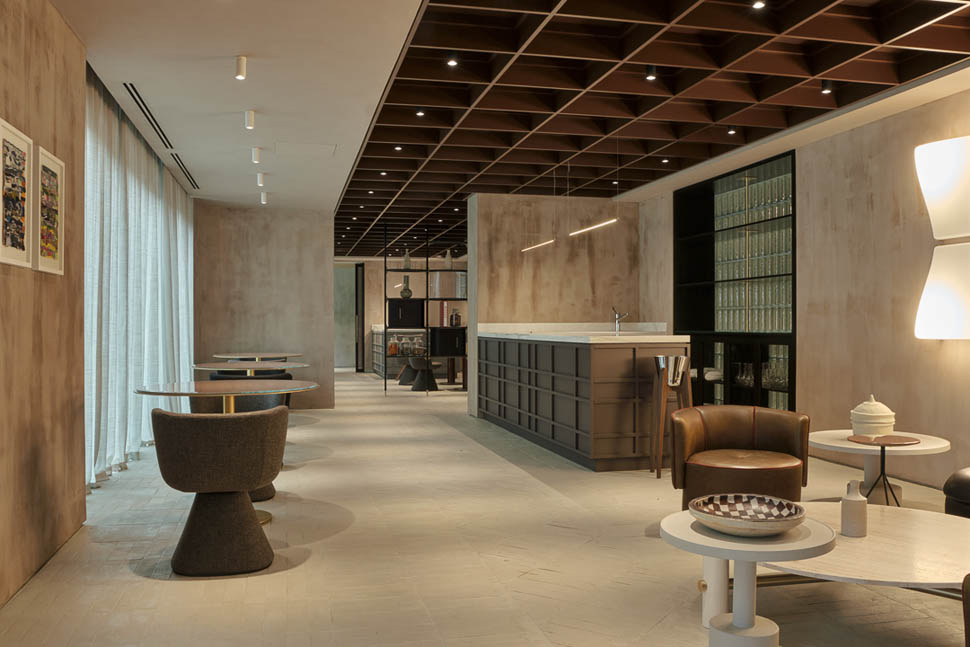
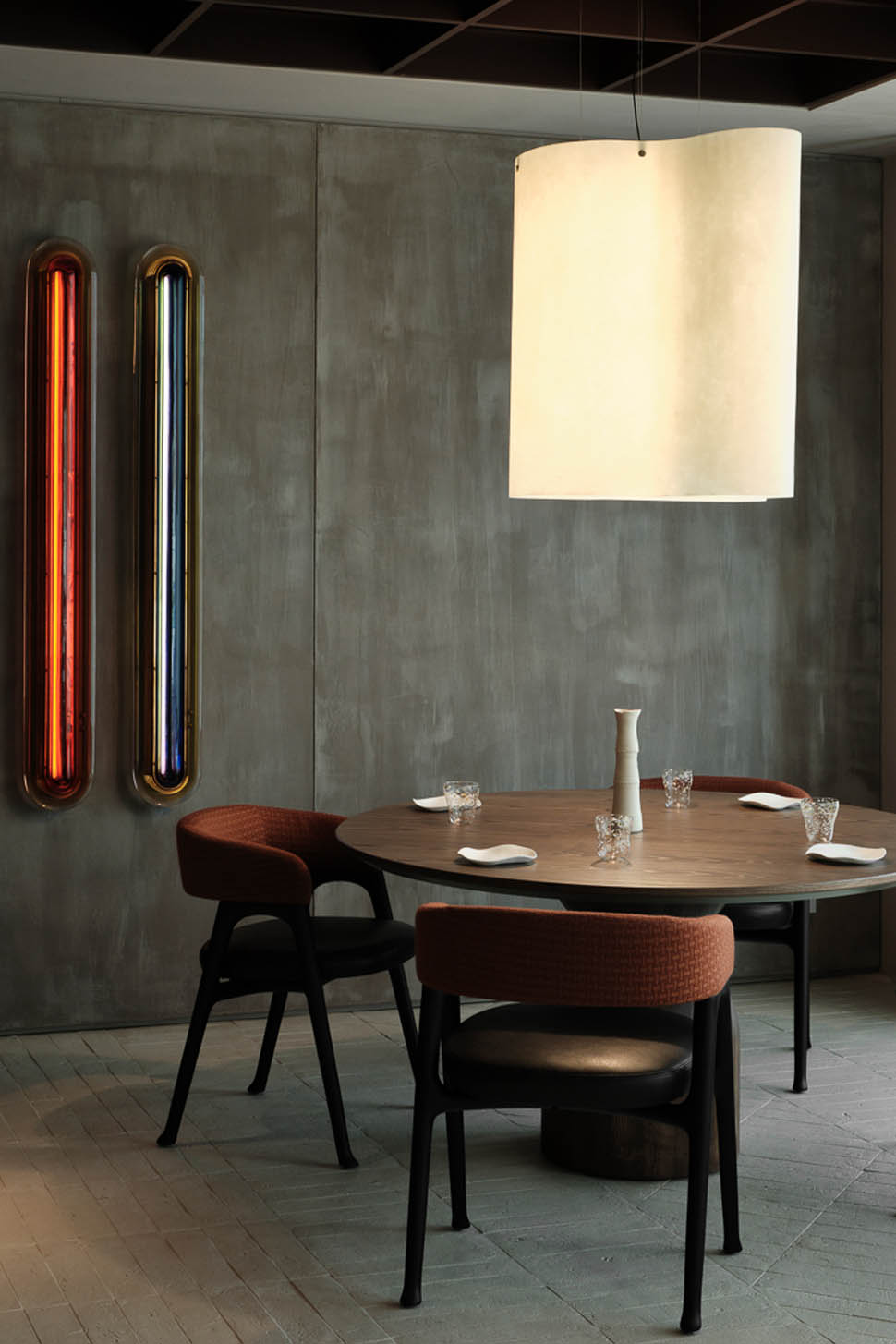
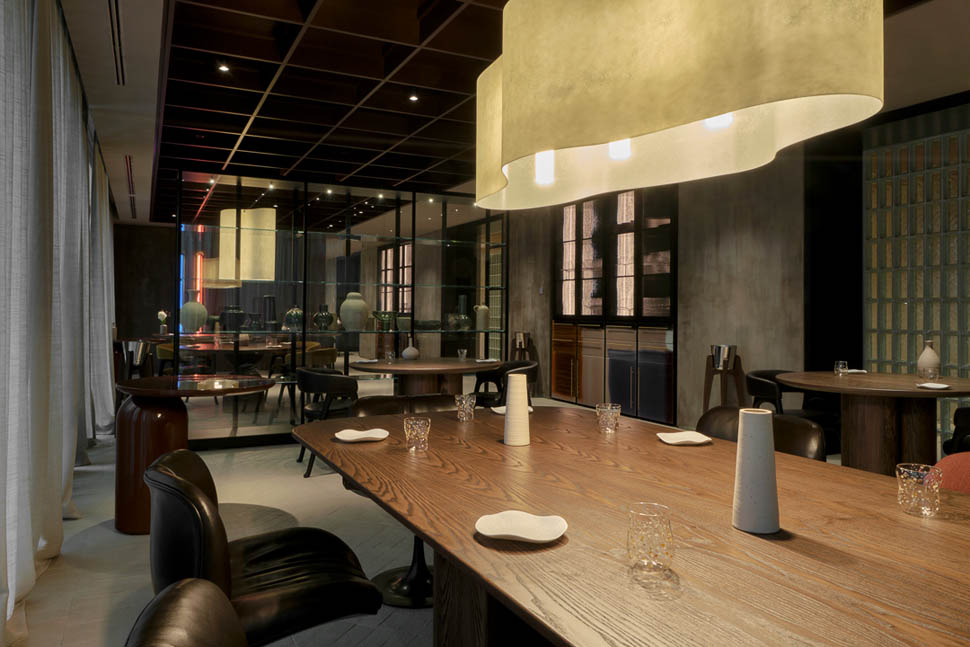
Since the greenhouse is the place where the seeds collected wandering the world germinate, alongside home memories. Perfect carrier of the kitchen's energy is a very young front of house team, wandering through the restaurant at various stages of the meal, where sommelier Alessandro Tupputi, a longtime partner in crime at La Madernassa, stands out, here unleashing the irreverent approach of reverse pairing.

In essence, he has selected a shortlist of wines that are sweet, but savory because of their proximity to the sea or the particular soil, or made from aromatic grapes usually vinified as sweet wine, here in a dry version, which he matches in an original way to the cuisine, appealing to heterogeusia, that is, to the discrepancy between expectations and sensations, again in the key of neurogastronomy. After all, while it was once cliché to sip Sauternes with foie gras, today those nectars are confined to dessert or directly bypassed.
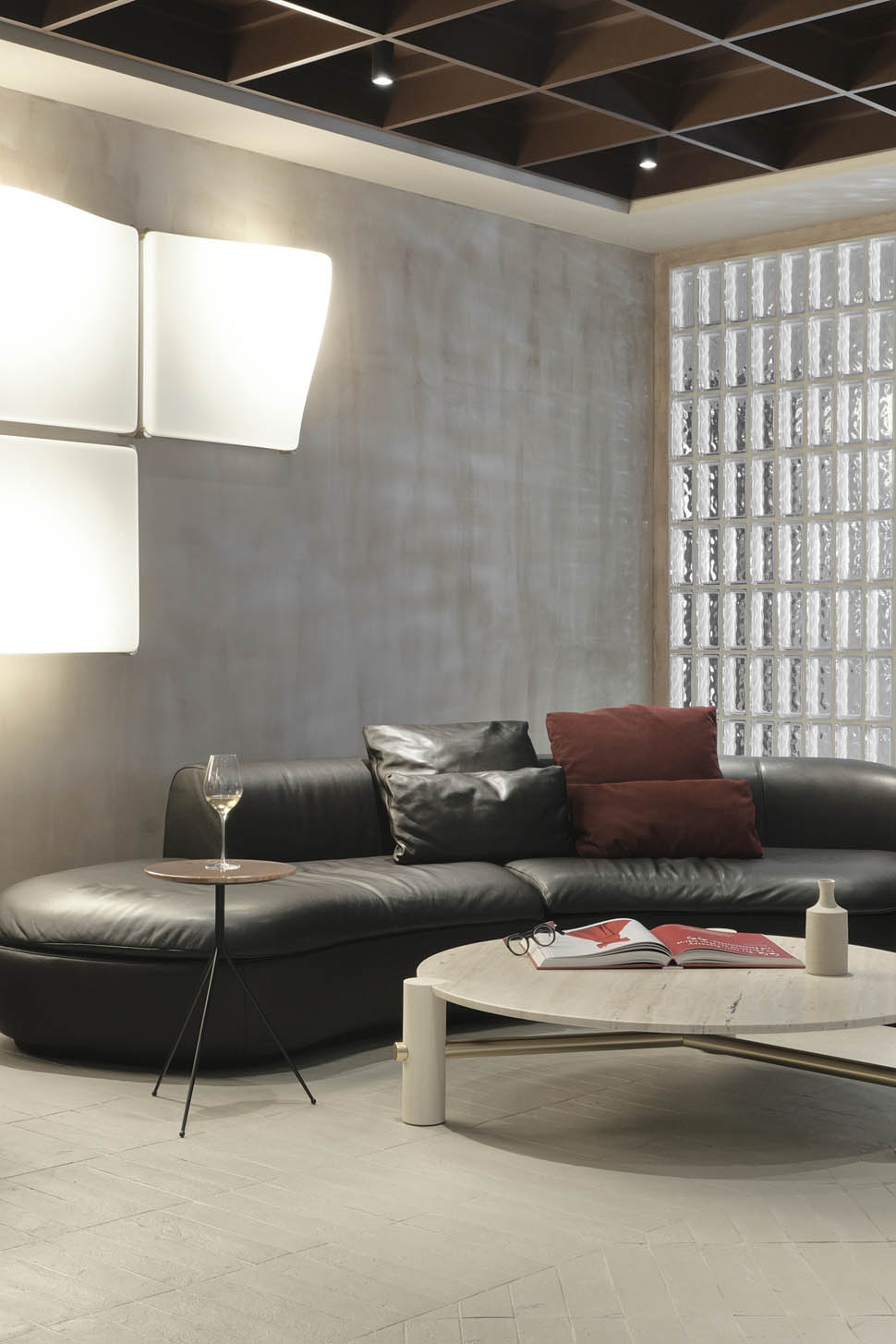
The dishes
Appetizers immediately set the tone of the meal, for example the delicious "carrot dried and rehydrated in its juice", following a recurring technique. It is inspired by the sauce his mom used to make with frozen tomatoes at home, which out of the freezer lost their water and thus imparted more flavor. The principle of cryoconcentration ante litteram in the forgotten memory of Italian cuisine.
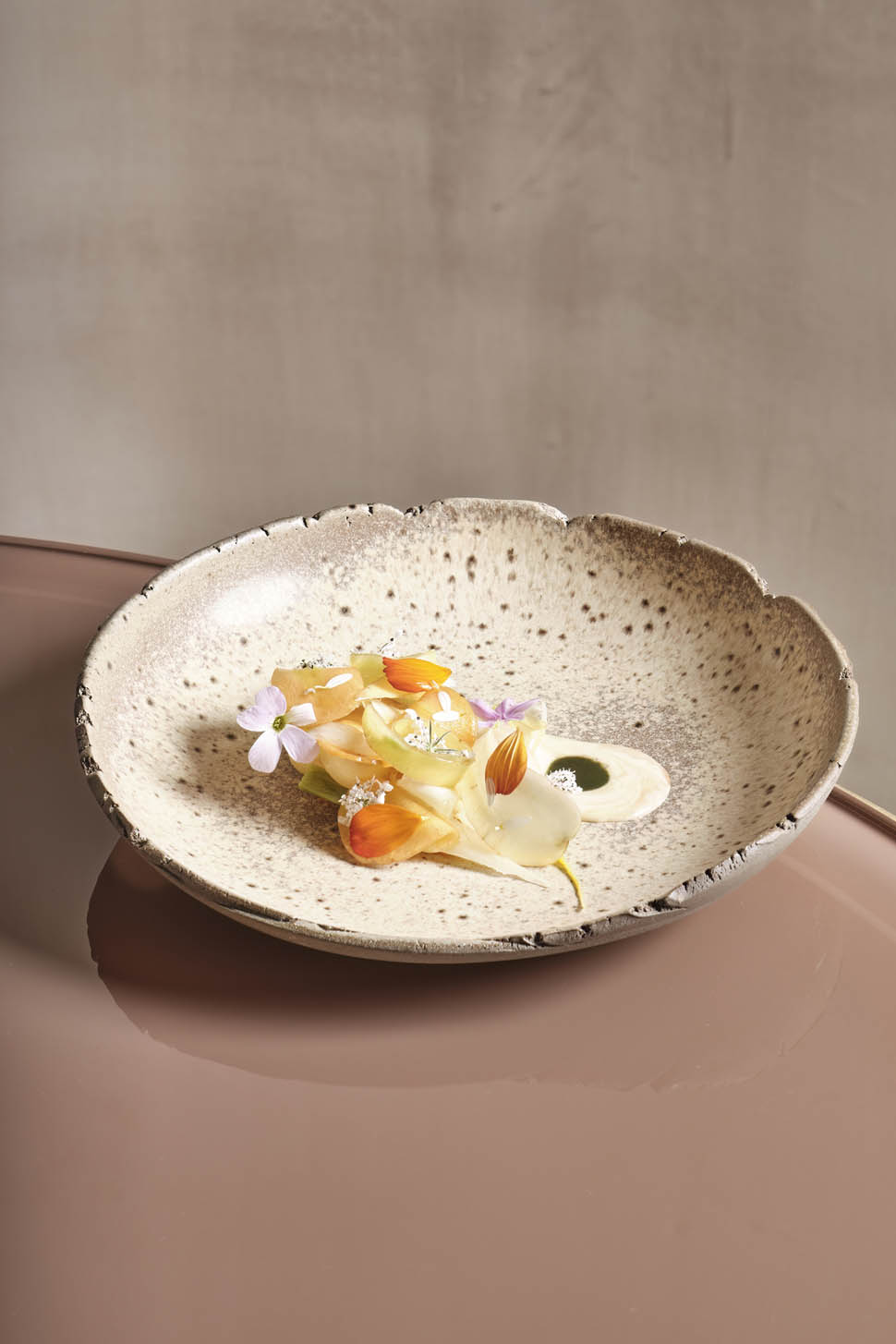
But it is already "a bomb", to use the chef's vocabulary, "Centallo", a dish about Piedmont's legume homeland. It's first introduced by presenting seedlings of the beans featured, grown last year in the garden: borlotti, cannellini, monk's beard and devil's beard. Plus a deep sauce of grilled and roasted squid, squid ink, lovage extract, cuttlefish marinated in squid garum prepared 18 months earlier ("because as Brillat-Savarin used to say, you have to know how to wait") and cuttlefish lard, this time in literal function. All to depict, with Proust's time arty brushes, the excitement of the cannellini, squid and onion salad that was eaten in the Mammoliti household.

Or "Santena", toponym for asparagus, cooked in Cuneo ham extraction, roasted over charcoal and served with roasted asparagus sauce, cacio e pepe, kiwi glaze and dehydrated kiwi, rehydrated in its juice. Again following in grandma's footsteps, serving ham with the fruit and asparagus wrapped in charcuterie. "The polaroid of something I experienced. A slap in the face."
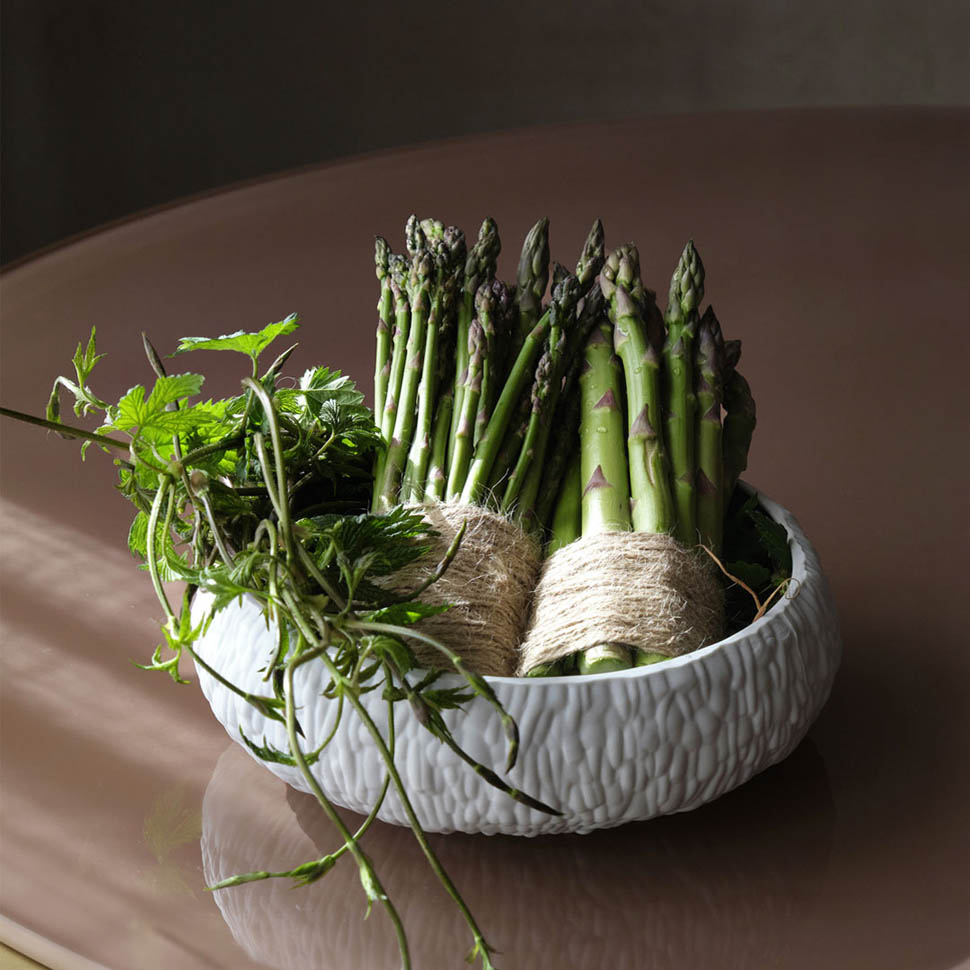
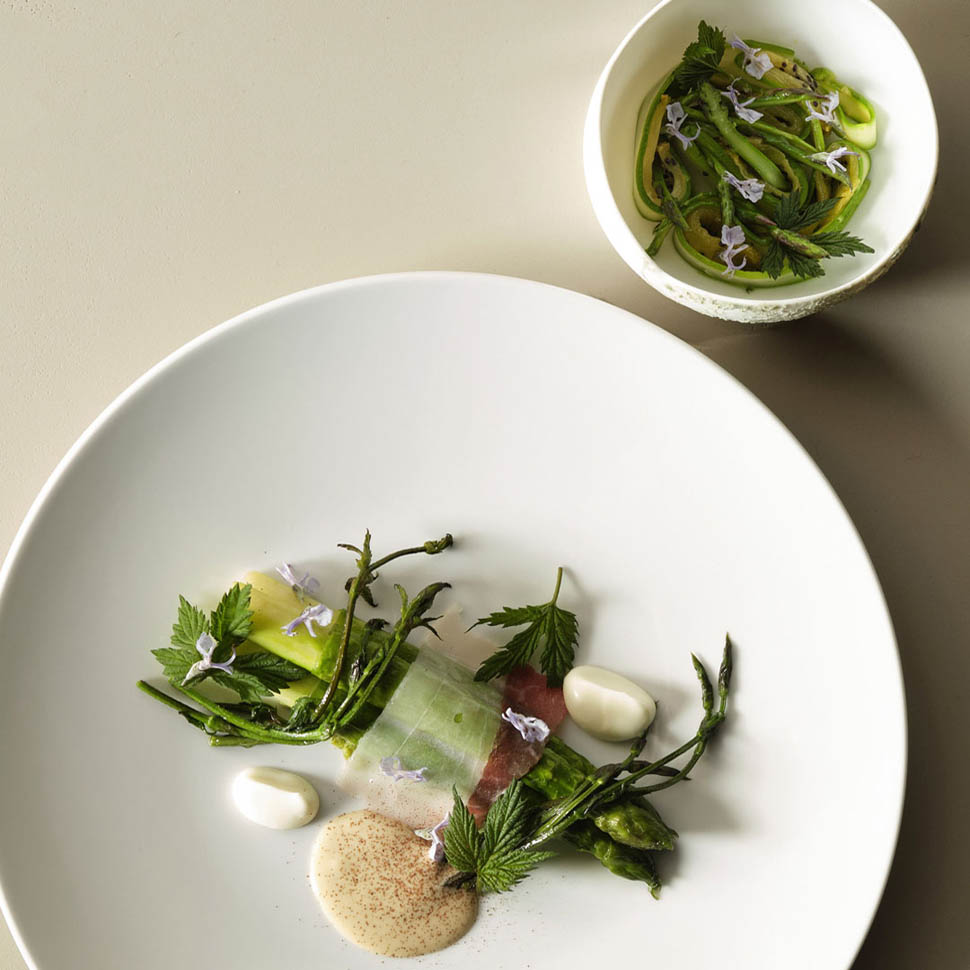
Also on the "Emozione" menu, on the "raviolo of Carmagnola gray rabbit Ligurian style", served with pine nut praline, marjoram oil, and Taggiasche olive brine zabaglione (eggnog), Tupputi breaks out his irreverent pairing: a Moscato Batasiolo 2017, against all odds, to redeem the versatility of the type.
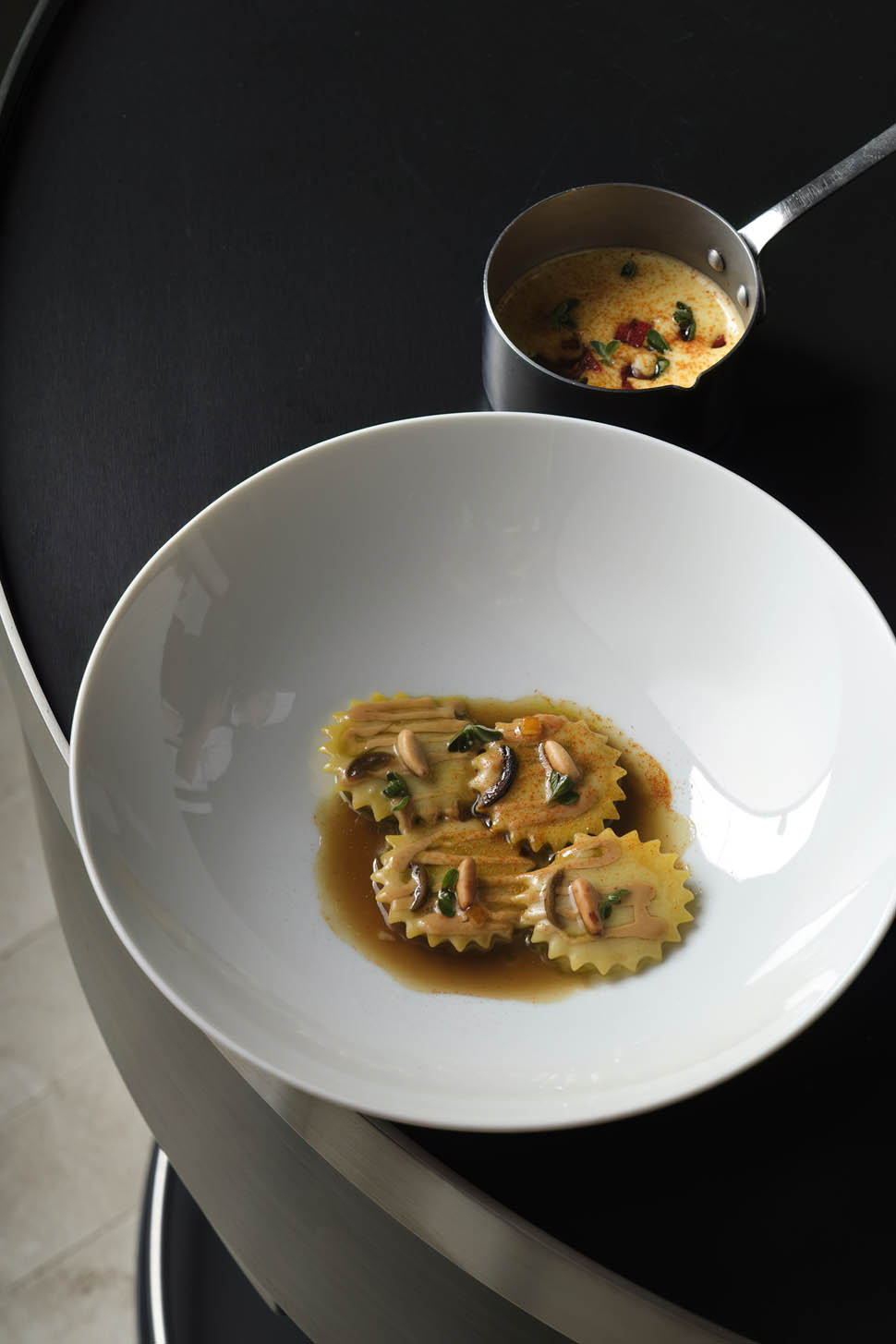
From the Voyage path comes "Bangkok", well-balanced langoustine with Thai-style green curry sauce, medlar or apricot depending on the season; but there is also "lamb cooked in dug-up clay under the greenhouse", Mexican barbacoa model, "falafel raviolo" or "dumpling with Cuneo ham dashi and sweet and sour pork stuffing", for a match between Piedmont and the rest of the world.
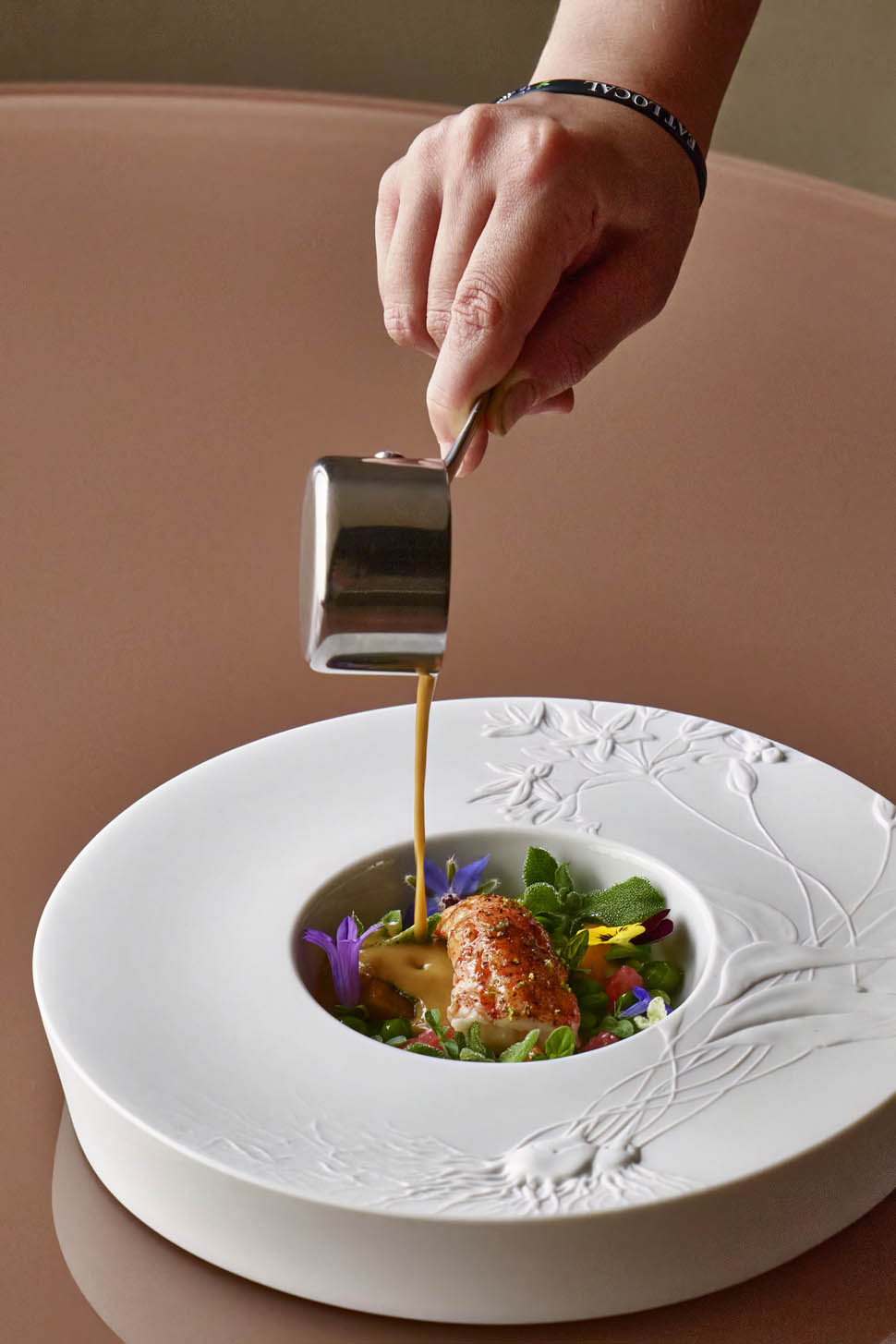
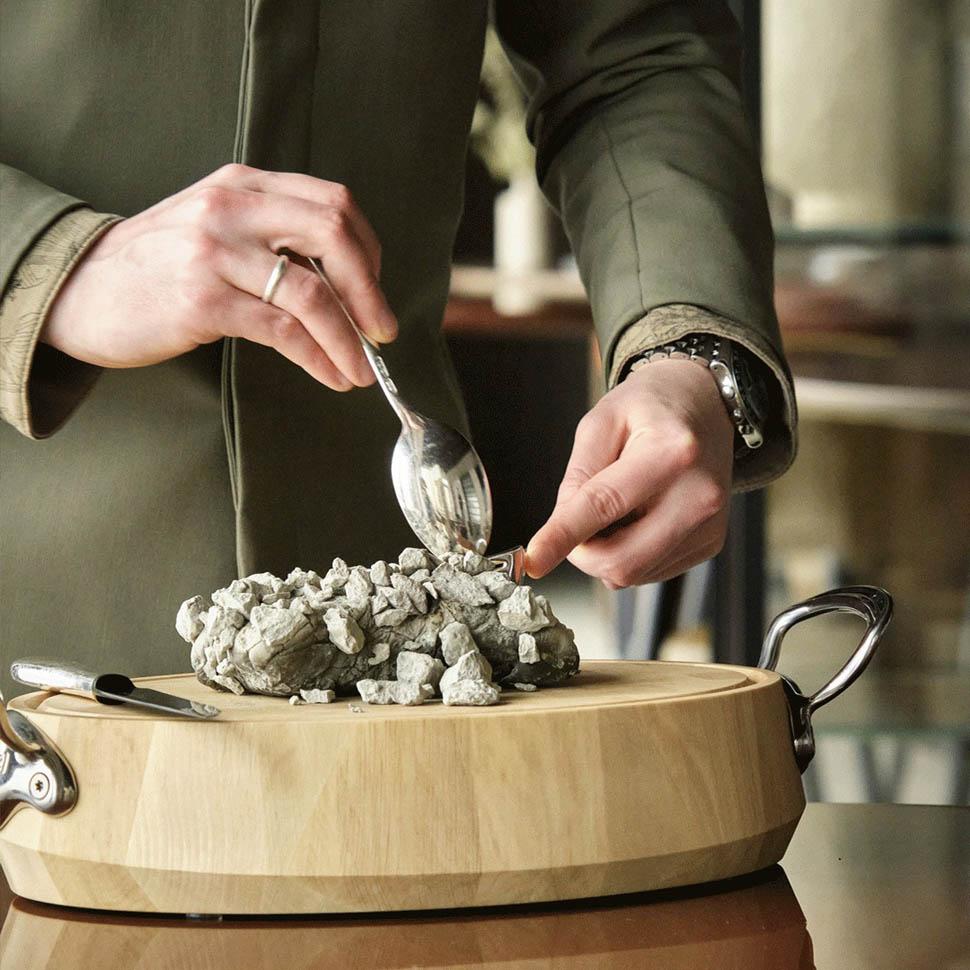
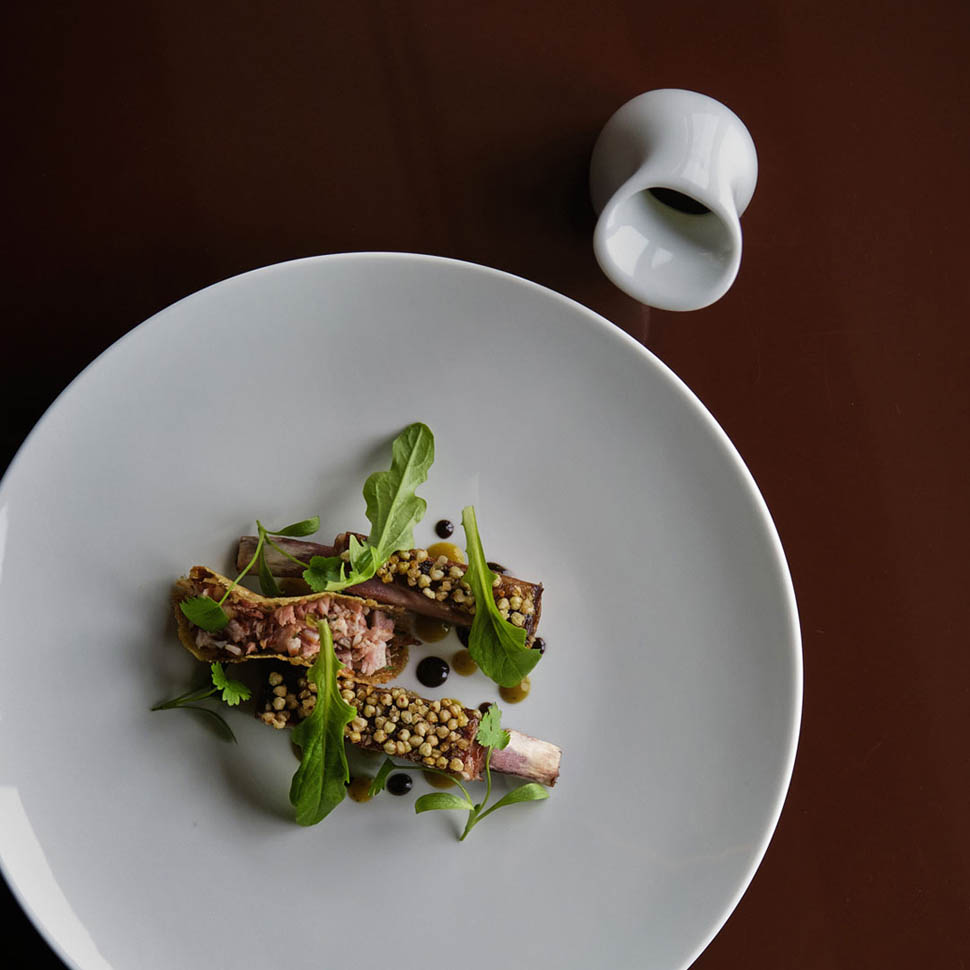
While at the moment, work is fervently in progress on the gelatinous paste of rice flour and tapioca stuffed Vietnamese-style with pork and shrimp. Where for the chef, Eastern cuisines, and in this case Thai cuisines, represent a paradigm of taste, summing up acidity, spiciness, umami, all in the same bite.

The vegetable is at times the leading player (see the "endive with vadouvan (a mix of spices) raisins, sea urchin, and wild garlic stuffing", tossed on the grill for smokiness and a memory of "salad ripassata", plus pine nut praline and crusco bell pepper jelly, pan-Italian with Asian nuances), at other times invisible.
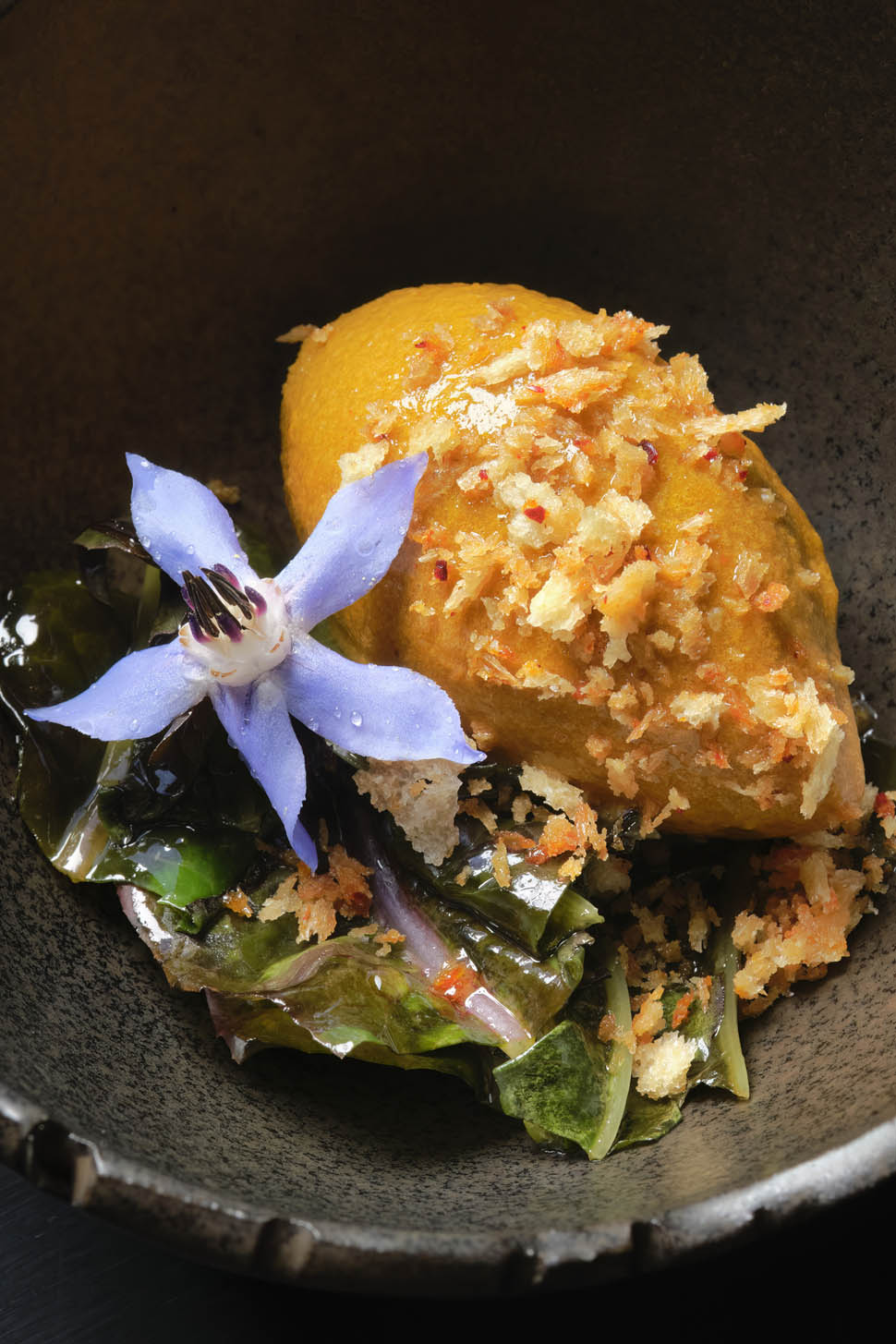
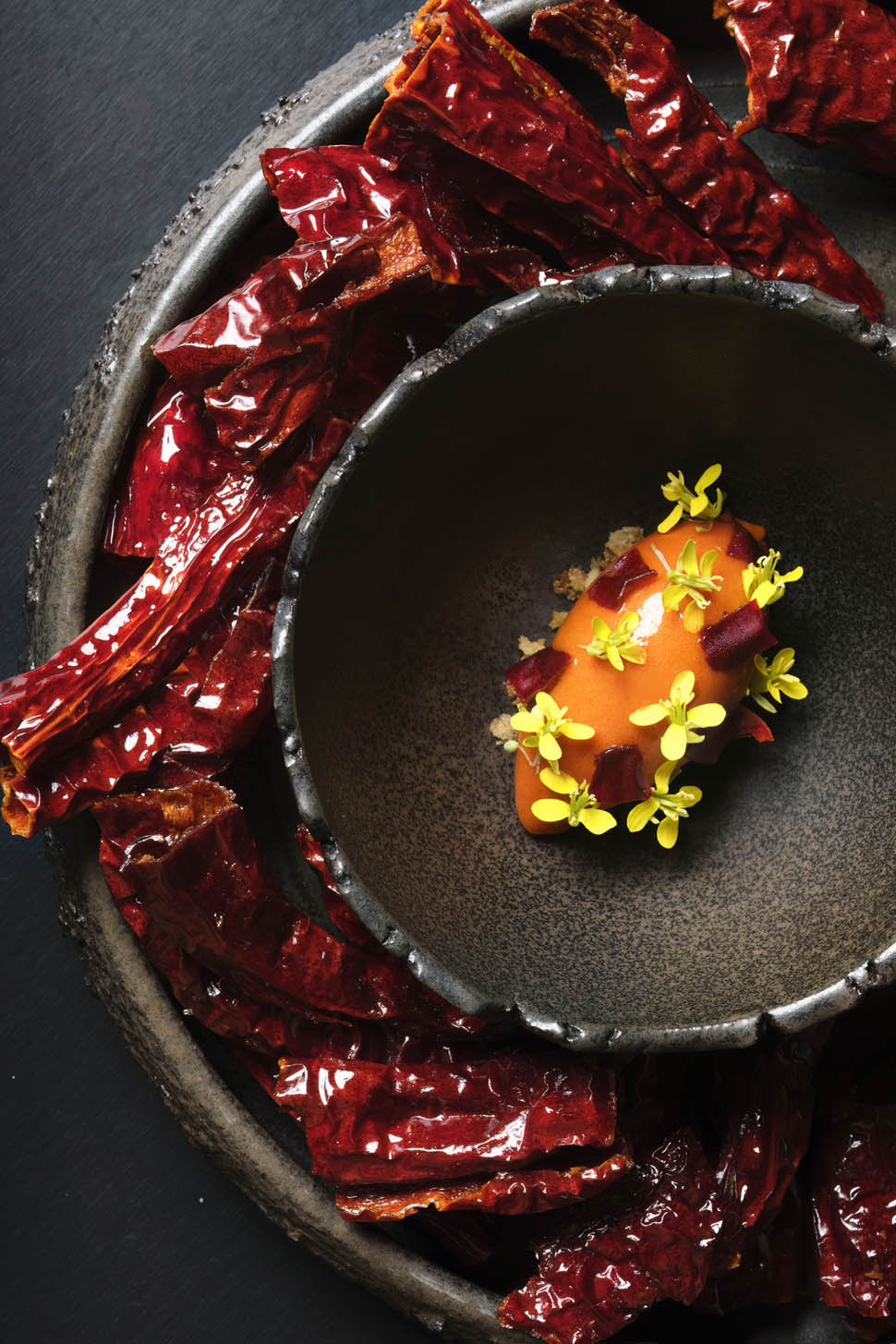
It happens in the "focaccia brushed with mélilot oil", kept in store for a year in the fridge, and kneaded of its infusion or in elderflower bread, which chases a memory of Calabria. It ends with a "dessert of strawberries from the garden", white, natural, fermented, marinated with spices, herbs and in umeboshi-style, dried and rehydrated again in their juice. What about the 128 different tomatoes? With a blend the chef makes a drinking water, where he employs leaves, oils and infusions, while from the plant come the fibers for the card illustrating the dish.
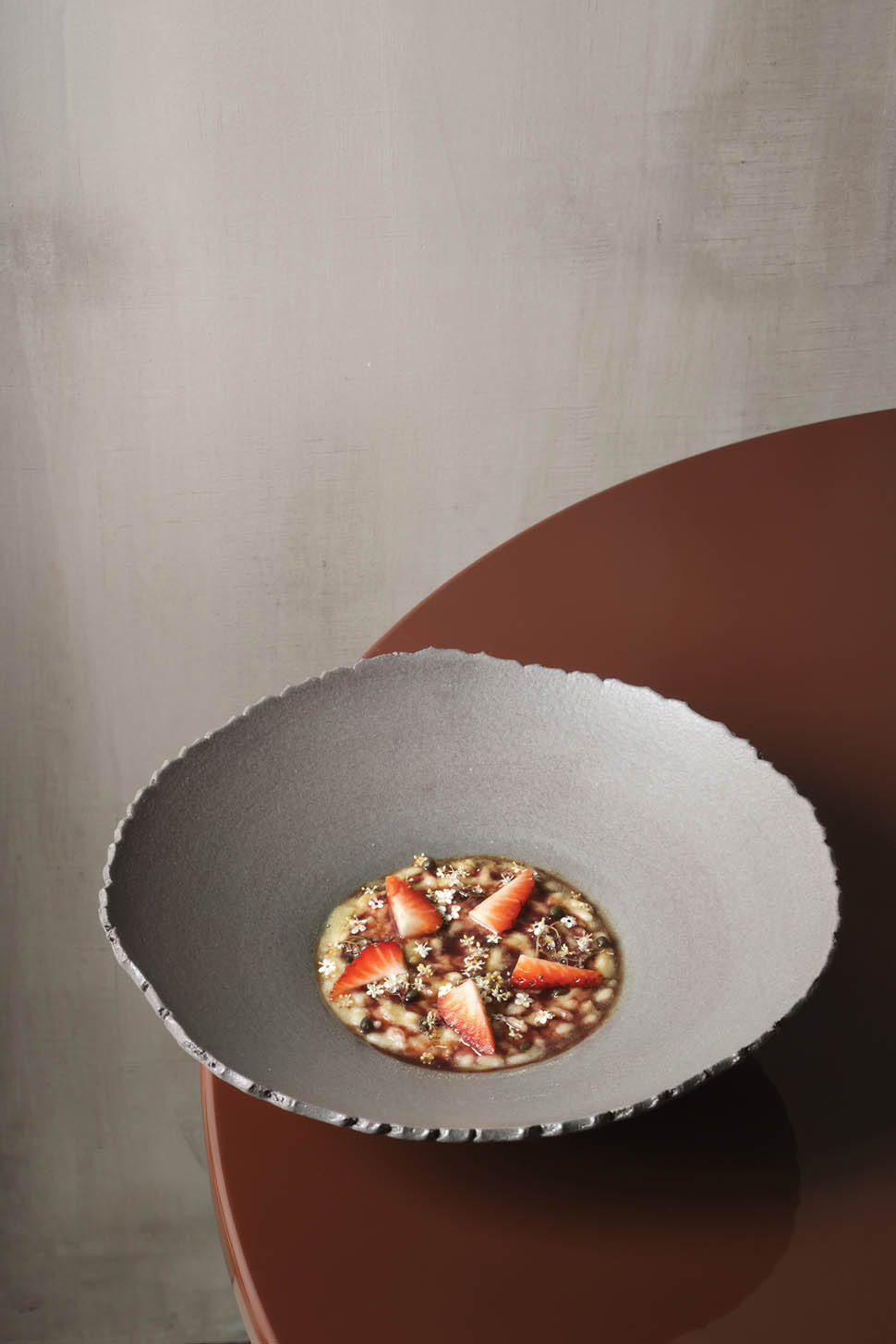
Contacts
La Rei Natura
Via Roddino, 21, 12050 Serralunga d'Alba CN
Phone. +39 0173 613042
